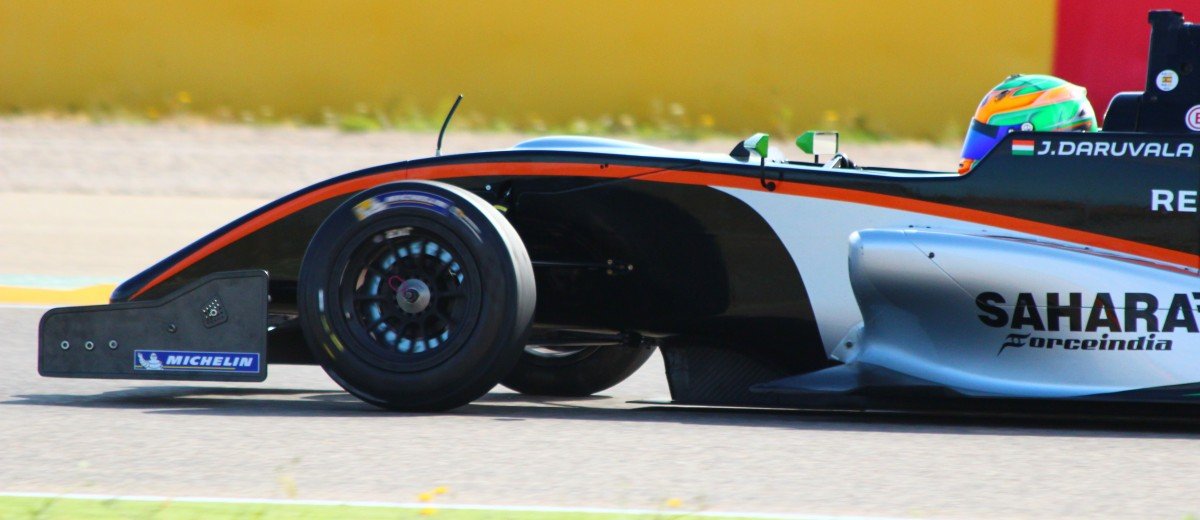Stitches travel from China and live in convents
BENGALURU: Back in the 1850s when Parsi men travelled to China for trade, they were fascinated by the embroidered fabric of the country.
The men would return to their women with the fabric, which were turned into kurtas and sarees.
“This went on until the 1930s. The embroidered wear became a part of the identity of the Zorastrian community. They would carry it off in bright colours such as purple and kumkum red,” explains designer Anshul Gupta.

with Parsi community
“Bengal, during this time housed several karigars. I was close to the Parsi community. I borrowed a few sarees and learnt to replicate it,” says the Kolkata-based designer.
With the help of three experienced master craftsmen (Ustagars), Anshul set up learning centres in rural Bengal to train women in Parsi work, petit point and shadow stitches.
Petit point, originally is a European embroidery, which was made popular by nuns in India, says Anshul.
“There were several training centres set up by nuns in Bengaluru, Mumbai and other locations in India. The fabric that was stitched here was covered with petit point work. Since it was purchased from the convent, people started calling it convent stitch in India,” he says.
Anshul’s collection – Prastuti Designs hosts a collection of saris, shawls, scarves with decorative borders.
The shadow stitch is Lucknowi work and is also recognised as reverse stitch.
The handiwork is intricate and time consuming. “So much so that a single piece takes around four months to be crafted with a total of eight Karigars working nine hours daily – making it a total of minimum 7,500 man hours of skilled work in crafting,” says Anshul.

“A convent stitch requires 75 colour shades. It takes immense craftsmanship to do it. With the machines taking over, many children of karigars are refraining from taking up the art. We are losing a part of our culture,” he says.
Indian designers who take to embroidery work, bank on the bling factor. “Young women who come shopping for such heavy designs are looking for wedding wear.
They want bling in their clothes. Even Sabyasachi Mukherjee banks mostly on zardosi work. Many others use swarwoski work for its bling factor but the resham thread work is largely ignored,” he adds.
He is quick to adds that several other designers such as Anamika Khanna have showcased resham thread work beautifully in the designs.
Anshul claims to have showcased petit point work on Kanjeevaram and Coimbatore silk, which is a first ever, he adds.
You can check out “Prastuti”, a collection of hand embroidered textiles from Kolkata by Anshul, at Basava Ambara on March 10 and 11 from 10.30 am to 7pm.





